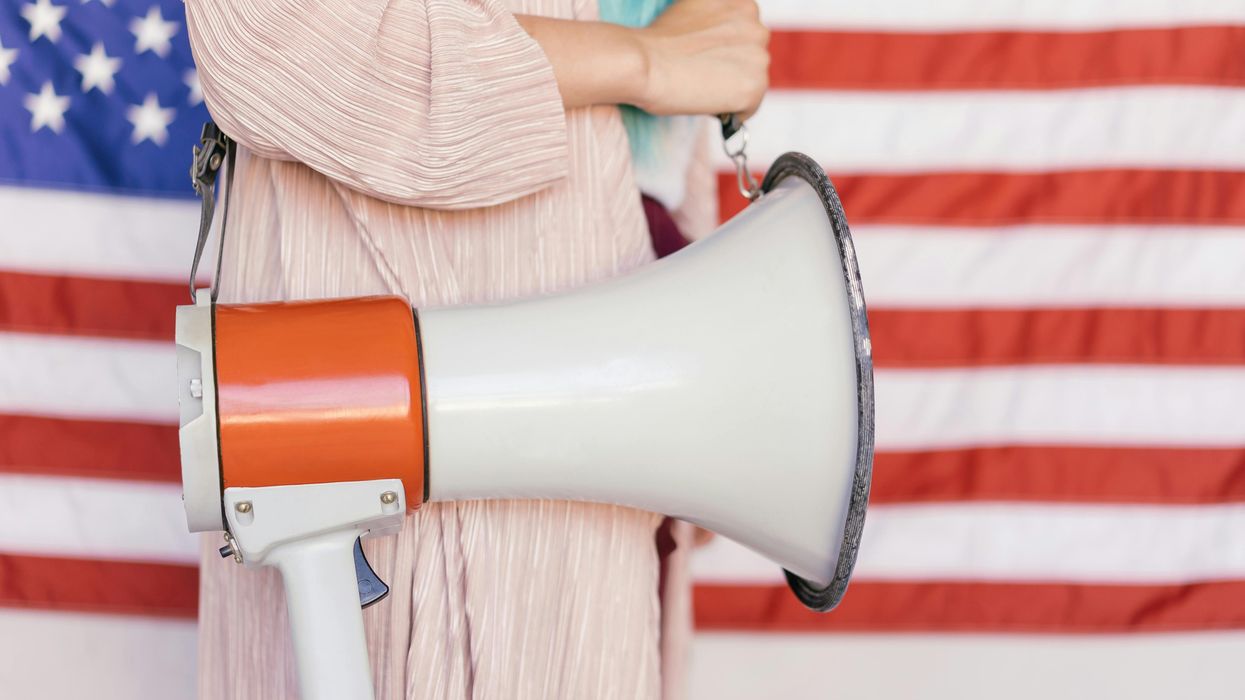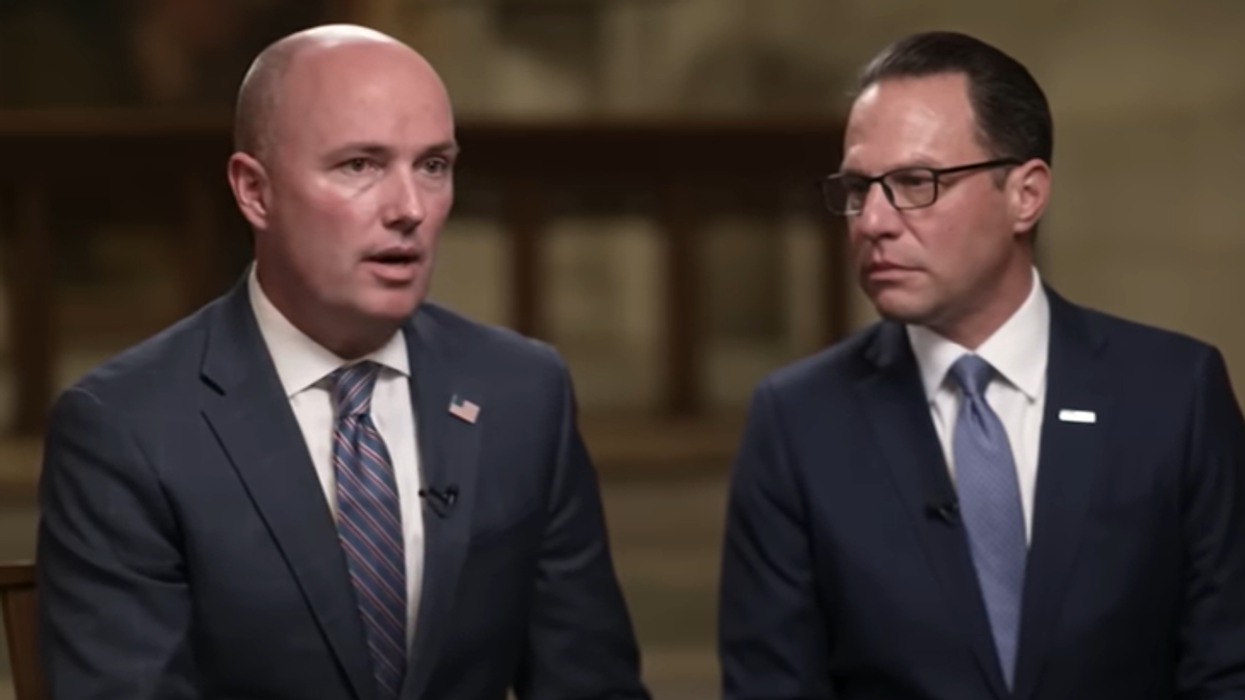Meel us CEO of BridgeUSA.
While the firestorm at Columbia University is the latest instance of campus protests sliding into hostility and personal attacks, it will certainly not be the last. Given the past seven months, it is clear that we will continue to see colleges become lighting rods for broader societal conflicts. In fact, the month between the one-year anniversary of the October 7 Hamas attack on Israel and November’s presidential election might test universities and colleges to an even greater degree than what we are seeing now.
This is not the first time that political and social tensions on college campuses has sparked protests and even violence. The uproar over the Vietnam War is the most obvious example, but you don’t even have to go that far back.
In 2017, I was a freshman at the University of California at Berkeley, when far-right provocateur and commentator Milo Yiannopoulos was invited to speak on campus. The protests that followed Milo’s speech were some of the most violent at Berkeley since the 1960s. I remember just how helpless I felt as people’s worst instincts took over. The next day, as I surveyed the damage on Sproul Plaza in the heart of campus, a tree still smoldered, an ugly reminder of the total failure to build a campus culture that honored intellectual freedom while fostering pluralism and respect.
In the immediate aftermath, my friends and I hosted student-led discussions on campus to create some semblance of mutual understanding between people locked in seemingly mortal combat. More importantly, we wanted to show that violence is never the answer. What we learned through the process led us to launch BridgeUSA, a student-led organization empowering young people to create spaces for conversation and healthy disagreement.
In our journey building BridgeUSA, one observation stood out. We found that there is a loud minority of voices on campus — what I would call the “temperamentally extreme” — defining the narrative. These voices exist across the political spectrum and are united in their rigid, zealous commitment to an ideology. They share an absolutist’s certainty in their beliefs and an unwillingness to entertain any challenge to their opinion. Their views vary, but they are united in their extremism.
Once we at BridgeUSA looked past the temperamental extremists, we found that, honestly, most students — what I would call the “temperamental moderates” — are ideologically diverse, want to freely debate the difficult issues of our time, and disagree productively. In this, they share the perspective of the large number of Americans known as the “exhausted majority.” And when we fail to meet the silent demand of this group of Americans, we cede the microphone to a small, yet vocal cadre of temperamentally extreme voices.
Herein lies the opportunity for philanthropy and universities to proactively engage the majority of students across the country who believe in a more tolerant, pluralistic, and open-minded culture on college campuses. In the months before the big events this fall that likely will roil the country, we have a window of opportunity to prepare and adopt a forward-looking strategy that centers students. We can start by empowering students to create civic spaces on campus where people of different viewpoints can build trust and engage in productive dialogue. Philanthropy should fund student-based dialogue programs at scale, and universities should uplift and support student bridge builders. If we are successful in scaling up and sustaining student-led efforts, we will have laid the groundwork for a student movement that can transform norms on campus and beyond.
What would student-led bridging and civic spaces on campus look like? And what would happen in these spaces?
The work of courageous student leaders following the tragic events of October 7 offer an example. In the aftermath, BridgeUSA college chapters facilitated discussions on 21 campuses about the Israel-Palestine conflict. Students led these discussions, supported by faculty and administration. Their blueprint boils down to three elements.
The first is norm-setting in which student leaders clearly outline the goal of difficult conversations grounded in good-faith disagreement and mutual respect toward each other. By emphasizing that disagreement is not only OK but important, we try to create an environment that encourages healthy conflict. Have all these discussions resulted in resolutions for peace in Gaza? Of course not, because these dialogues don’t aim to create false compromise. Nor is the goal to create an environment where those affected by the conflict must defend their existence. Instead, setting the right norms establishes a foundation for uncovering solutions that are unthinkable today.
Additionally, each discussion features student moderators who frame questions and enforce norms to foster trust between participants before diving into points of serious disagreement. Every discussion begins with our four norms of discussion:
- Listen to listen rather than to respond.
- Try not to interrupt or have side conversations.
- Address the statement, not the person.
- Participants represent only themselves and are not representatives of social groups.
Call it a warm-up to the big game. Importantly, having students moderate helps to eliminate power dynamics that may exist between students and faculty or administrators.
The final set of practices focuses on building community. After all, it’s much easier to disagree productively with someone you already know. Our chapters normalize an environment in which friendships between students of diverse viewpoints are not only encouraged but necessary. The key is to incentivize dialogue and bridging while disincentivizing unhealthy conflict and personal attacks. Admittedly, a call for dialogue and community building might sound naive given the existential nature of conflicts on campuses today. And yet the key to understanding how we got here rests on a simple observation about human nature: If we fail to create opportunities for people of divergent viewpoints to build trust, conflict is almost certain when their respective identities come into tension.
Are these student-led discussions enough? Certainly not, but they are a start that can complement existing university-created civic dialogue efforts. This presents a top-down and bottom-up theory of change that can transform campus norms. Time and time again, young people have demonstrated a unique capacity to influence culture through activism. My experience has shown me that students can turn pluralism and dialogue into exciting and revolutionary ideas that have the same cultural resonance as issue-based activism.
If we want to prevent the next firestorm on campus and strengthen higher education, it’s time to support student-led bridging efforts across the country. If we don’t do it for campus culture, let’s do it for the sake of our democracy, which rests on the notion that we thrive because of our differences.
This writing was originally published in The Commons.


















